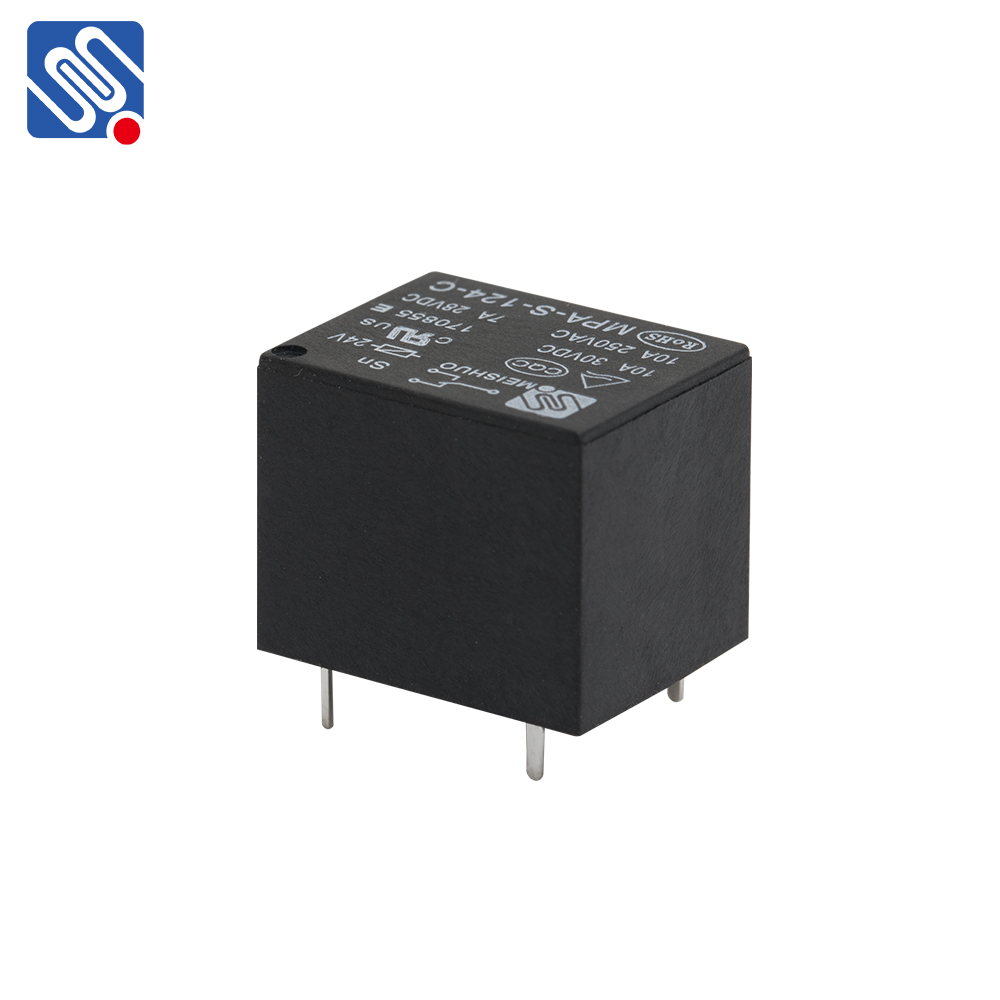understanding relay drive: key to efficient electrical control systems
Release time:2025-07-04 15:51:24
Relay drive is an essential concept in electrical engineering, acting as a fundamental component in the control of various devices and systems. It serves as the bridge between low-power control signals and high-power switching operations, facilitating the automation of electrical devices in various applications such as home appliances, industrial machinery, and automotive systems. This article explores the principles, components, and applications of relay drive, shedding light on its role in modern electrical systems.

What is Relay Drive?
At its core, a relay drive is an electronic circuit that controls the operation of a relay. A relay itself is an electromechanical switch that opens or closes its contacts in response to a control signal. While relays are crucial for switching large currents or voltages that cannot be directly controlled by low-power microcontrollers or sensors, a relay drive ensures that the appropriate amount of current and voltage is supplied to the relay coil to activate or deactivate the relay's contacts.
Components of a Relay Drive
A typical relay drive circuit consists of the following components:

